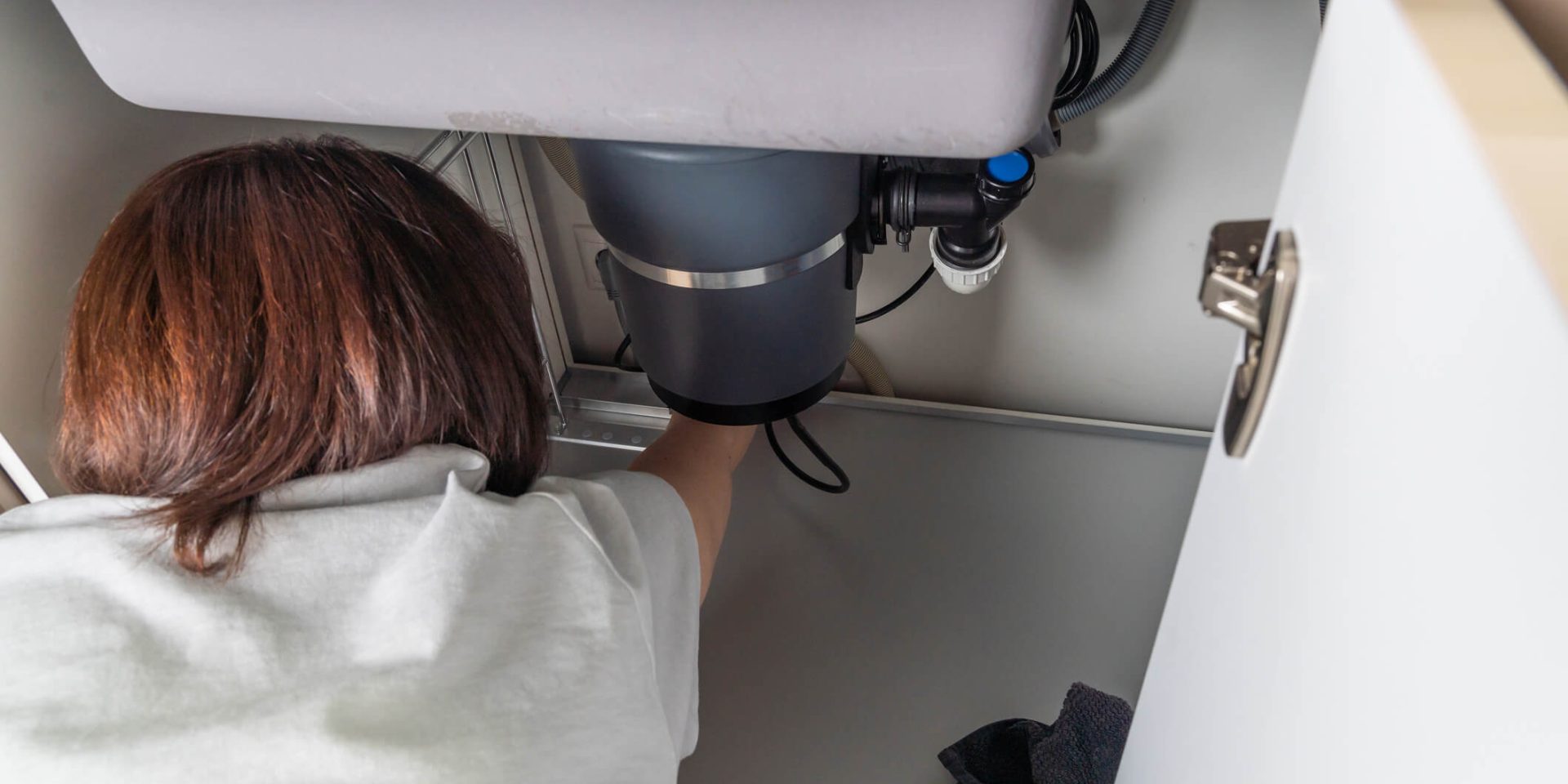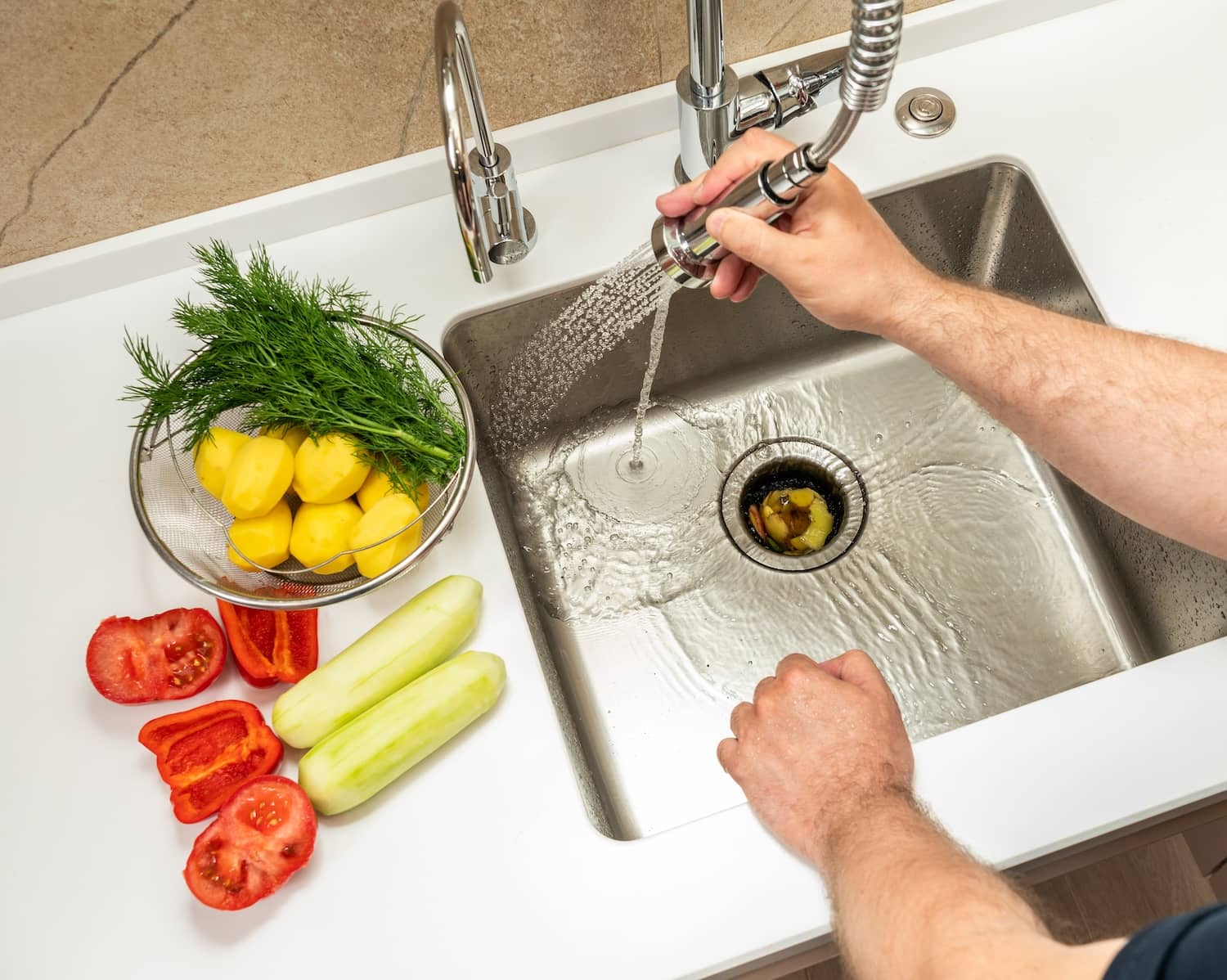Just how do you actually feel about Tips on Fixing a Leaking Garbage Disposal?

Garbage disposals are vital kitchen area home appliances that aid in taking care of food waste successfully. Nevertheless, a leaking waste disposal unit can be an irritating and untidy problem to deal with. Thankfully, several leakages can be taken care of quickly with a few straightforward actions. In this short article, we will go over just how to take care of a leaking waste disposal unit efficiently.
Introduction
Waste disposal unit are installed under kitchen sinks and are created to shred food waste right into smaller sized pieces, allowing it to go through the pipes system conveniently. While these devices are typically reliable, leaks can happen with time due to deterioration, loosened links, or damages to the device.
Common Reasons For Leaks in Trash Disposals
Worn Seals and Gaskets
Seals and gaskets play a critical duty in protecting against water from dripping out of the waste disposal unit. Over time, these components can deteriorate, leading to leakages around the disposal device.
Loose Connections
The connections in between the waste disposal unit and the plumbing system can come to be loose over time, creating water to leakage out during procedure.
Fractures or Openings in the Disposal System
Physical damage to the waste disposal unit, such as splits or holes in the real estate, can also lead to leaks.
Determining the Source of the Leak
Before attempting to fix a leaking garbage disposal, it is necessary to identify the source of the leakage. This can commonly be done with visual evaluation or by conducting straightforward examinations.
Visual Evaluation
Inspect the waste disposal unit system thoroughly for any kind of indications of water leakage. Pay attention to areas around seals, gaskets, and link factors.
Checking for Leakages
One way to examine for leaks is by running water through the disposal system and checking for any kind of visible indicators of leak.
Tools and Materials Needed for Taking Care Of a Dripping Waste Disposal Unit
Prior to starting the repair procedure, gather the necessary devices and products, including a screwdriver, flexible wrench, plumbing professional's putty, substitute seals or gaskets, and epoxy or patching product for repairing splits or openings.
Step-by-Step Overview to Dealing With a Leaking Waste Disposal Unit
Turn Off the Power
Prior to trying any kind of fixings, make sure that the power to the waste disposal unit unit is switched off to avoid the risk of electrical shock.
Situate the Leakage
Determine the precise place of the leak and determine the reason.
Tighten up Connections
Make use of a wrench to tighten up any type of loose links in between the disposal device and the pipes system.
Replace Seals or Gaskets
If the leak is due to used seals or gaskets, remove the old parts and replace them with brand-new ones.
Patching Fractures or Holes
For splits or holes in the disposal device, use epoxy or an ideal patching material to secure the broken area.
Examining the Garbage Disposal After Repair
When the repair is complete, test the waste disposal unit by running water via it to make certain that the leak has been settled.
Preventive Maintenance Tips to Stay Clear Of Future Leaks
To avoid future leakages, it is necessary to do normal maintenance on your garbage disposal. This includes keeping it clean, preventing placing non-food products or difficult things down the disposal, and occasionally looking for leakages or various other problems.
Final thought
In conclusion, repairing a leaking garbage disposal is a relatively uncomplicated procedure that can be finished with fundamental tools and products. By adhering to the steps outlined in this write-up and exercising precautionary upkeep, you can maintain your garbage disposal in good working problem and prevent costly fixings in the future.
What to Do About a Leaking Garbage Disposal
A leaking garbage disposal often goes unnoticed until you confront a sopping cabinet, a foul-smelling puddle, or an audible drip-drip-drip from the unit. The fix can be frustrating, too, because the leak can stem from a number of components in the system. Fortunately, with a little sleuthing, you can zero in on the leak and—depending on the exact location—stop the icky oozing and repair the component that caused it. Worst case scenario, if it turns out that the garbage disposal must be replaced, installing a new one is a reasonable do-it-yourself task for those with basic plumbing skills. Read on to keep the cash you’d otherwise hand over to a pro.
Prepare to find the leak
Prior to testing the garbage disposal for leaks, unplug it at the wall outlet and turn off the power from the breaker box to prevent electrical shock. Then insert a watertight sink stopper into your sink drain and wipe the unit dry with a clean cloth. In any handy container, mix a few drops of food coloring into a few cups of water, and pour the dyed water onto the sink stopper to help you locate the leak.
Investigate the source
the top, where the disposal meets the sink drain the side, where the dishwasher hose or main drain pipe connects to the disposal or the bottom of the unit Inspect each of these locations while gliding a light-colored rag over the unit; the dyed water will readily show on the rag and reveal the location of the leak. If a leak isn’t immediately apparent, remove the sink stopper and pour a few more cups of dyed water down the sink drain, then check for leaks again. Leaks near the top of the unit are more likely to show themselves while the sink is plugged, while side and bottom leaks are more noticeable while the sink is unplugged.
The metal sink flange that sits directly inside the sink drain is typically sealed around the top with plumber’s putty (a clay-like sealant) and then secured from under the sink with bolts. If the plumber’s putty deteriorates, or the bolts loosen, the flange can no longer form a watertight seal between the sink drain and the disposal—which could cause a leak at the top of the unit.
To reseal the leaky flange, you must first detach the garbage disposal. Start by loosening the screws securing the main drain pipe to the disposal, then loosen the screws in the metal clamp securing the dishwasher hose to the disposal and detach the drain pipe and dishwasher hose from the disposal. Loosen the screws in the mounting ring that connects the disposal to the metal mounting assembly beneath the sink, then pull down the disposal and carefully set it on a clean, dry surface. Loosen the bolts in the mounting assembly with a wrench, then pull down the mounting assembly and set it near the disposal.

I am very involved in The Handy Guide To Fixing Your Garbage Disposal Leaking and I'm hoping you enjoyed my post. Sharing is good. Helping people is fun. Thank-you for going through it.
Call Today